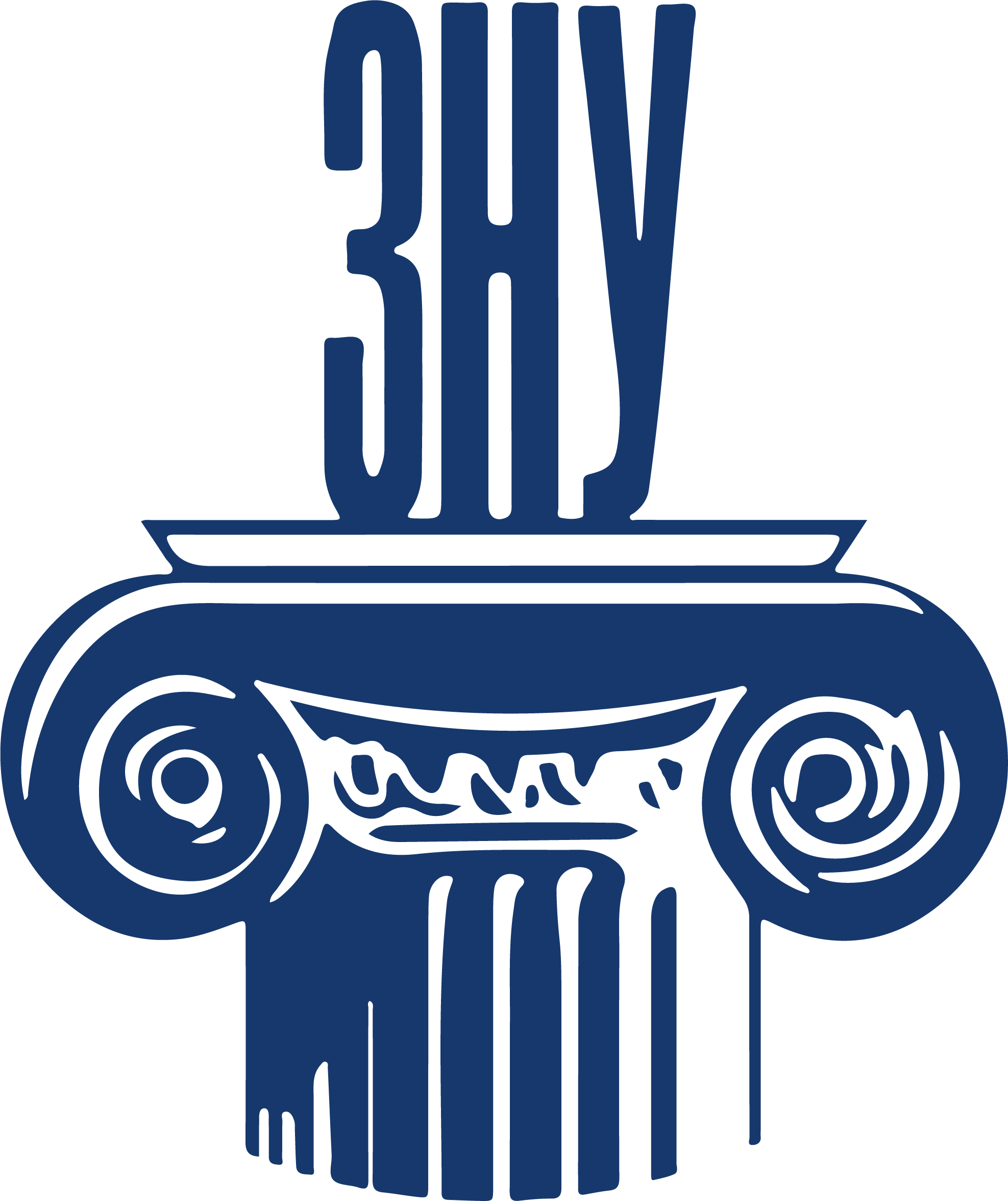LEXICAL AND STYLISTIC MECHANISMS OF CREATING HUMOR IN THE CHILDREN’S SPEECH IN THE WORKS OF RENÉ GOSCINNY “LE PETIT NICOLAS” AND MARCEL PAGNOL “LE TEMPS DES AMOURS”
Abstract
The article is devoted to the problem of lexical and stylistic mechanisms of creating humor in the child’s speech in the works of René Goscinny “Le Petit Nicolas” and Marcel Pagnol “Le Temps des amours”. European integration processes in Ukraine are intensifying the considerable interest of domestic scientists in the problem of reflecting the language picture of the child’s world in the realm of artistic creativity of Western European writers. Humor is an important element of culture that plays a significant role in the formation of a child’s personality. René Goscinny and Marcel Pagnol describe the activities of younger schoolchildren in such important areas as “the child and society”, “child and activity” (schoolchildren in various activities, children’s attitude to objects of the material world). Younger pupils make fun of certain emotional disagreements, problems in relations with parents or teachers. Various troubles often cause children to worry about their own safety, but by joking about it, children get the opportunity to feel comfortable and confident. In addition, the writers represent the children’s desire to participate in creativity in play, study, work, socially useful activities. The main lexical and stylistic mechanisms of creating humor in children’s speech are such as violation of the generally accepted correspondence between the semantics of a lexical unit and the communicative situation that takes place; hyperbolization of metaphorical association; the introduction of unpredictable elements into the language chain that deform the process of character interaction; the use of evaluation units based on unexpected features not fixed by social norms; epiphoric repetitions of adjectives, which contributes to the emergence of new subtextual associations; collision of ideas and real actions; personification; antithetical combination of lexical units; the use of a zeugmatic construction, which is based on a semantic alogism. The prospects of the research consist in highlighting the lexical stylistic devices of the reflection of the child’s individual world in the works of Ukrainian and French writers.
References
2. Goscinny R. Le petit Nicolas et les copains. URL: https://nemaloknig.net/read-196953/?page=2.
3. Pagnol M. Le temps des amours. Paris: Édition de Fallois. 1988. 280 p.
4. Бушай І.М. Психологічні основи становлення образу світу дітей шкільного віку : автореф. дис. … докт. психол. наук : 19.00.07. Київ, 2009. 40 с.
5. Занько Г. Основні елементи картини світу українськомовної дитини. Науковий вісник Східноєвропейського національного університету імені Лесі Українки. Серія «Філологічні науки (мовознавство)». 2014. № 2. С. 19–23.
6. Марецька Н.А. Формування мовної картини світу в психолінгвістичній проєкції на культурознавчу компетенцію молодших школярів. Педагогічні науки. 2007. Випуск 44. С. 9–96. URL: http://ps.stateuniversity.ks.ua/file/issue_44/20.pdf.
7. Colleta J.-M. Le développement de la parole chez l’enfant âgé de 6 à 11 ans. Corps, langage et cognition. Wavre (Belgique) : Mardaga, 2004.
8. Reverdy C. La coopération entre élèves : des recherches aux pratiques. Dossier de veille de l’IFÉ, № 114, décembre. Lyon : ENS de Lyon. 2016. URL: https://edupass.hypotheses.org/1080
9. Florin A., Véronique D. Courtial J.-P., Goupil Ya. Apprentissage de la communication en milieu scolaire: synthèse. Apprentissage de la communication en milieu scolaire. 2003. URL: https://edutice.archives-ouvertes.fr/edutice-00000287/document
10. Бровкіна О., Баранова С. Родина vs дискурс. Psycholinguistics. Психолінгвістика. Психолингвистика. 2019. № 25 (2). С. 31–49. URL: https://doi: 10.31470/2309-1797-2019-25-2-31–49
11. Kutner L. Humor as a Key to Child Development. PsychCentral. 2018. URL: https://psychcentral. com/lib/humor-as-a-key-to-child-development/
 ISSN
ISSN 


.png)




